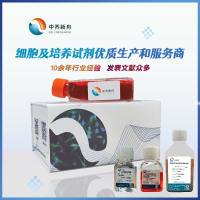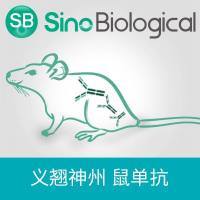Chromatin structure, which plays a key role in the regulation of gene expression, is dynamically regulated by diverse posttranslational modifications. Histone-modifying proteins alter chromatin proteins through phosphorylation, adenosine 5′-diphosphate (ADP)-ribosylation, methylation, ubiquitination, and acetylation (1 ,2 ). Histone acetylation involves the transfer of an acetyl group from acetyl-coenzyme A (CoA) to the ε-amino group of lysine side chains within the substrate by histone acetyl transferase enzymes (HATs). Deoxyribonucleic acid (DNA) in eukaryotes is typically packaged as repeating arrays of nucleosomes, in which 146 bp of DNA are wrapped around a histone octamer consisting of four histone proteins (H2A, H2B, H3, and H4). As the charged NH2 -terminal histone tail protrudes from the nucleosome, posttranslational modification of the histone tails results in substantial changes in charge and electrostatic forces within the chromatin and between the chromatin and DNA. Thus acetylation of specific lysines of amino-terminal histone tails changes the interaction with other proteins within the chromatin structure and facilitates binding of transcription factors to specific target DNA sequences by destabilizing nucleosomes bound to the promoter region of a target gene, leading to transcriptional activation (3 ,4 ). Acetylation of lysine residues requires energy and is reversible through histone deacetylases (HDACs), which may be either nicotinamide adenine dinucleotide (NAD)-dependent or NAD-independent.






